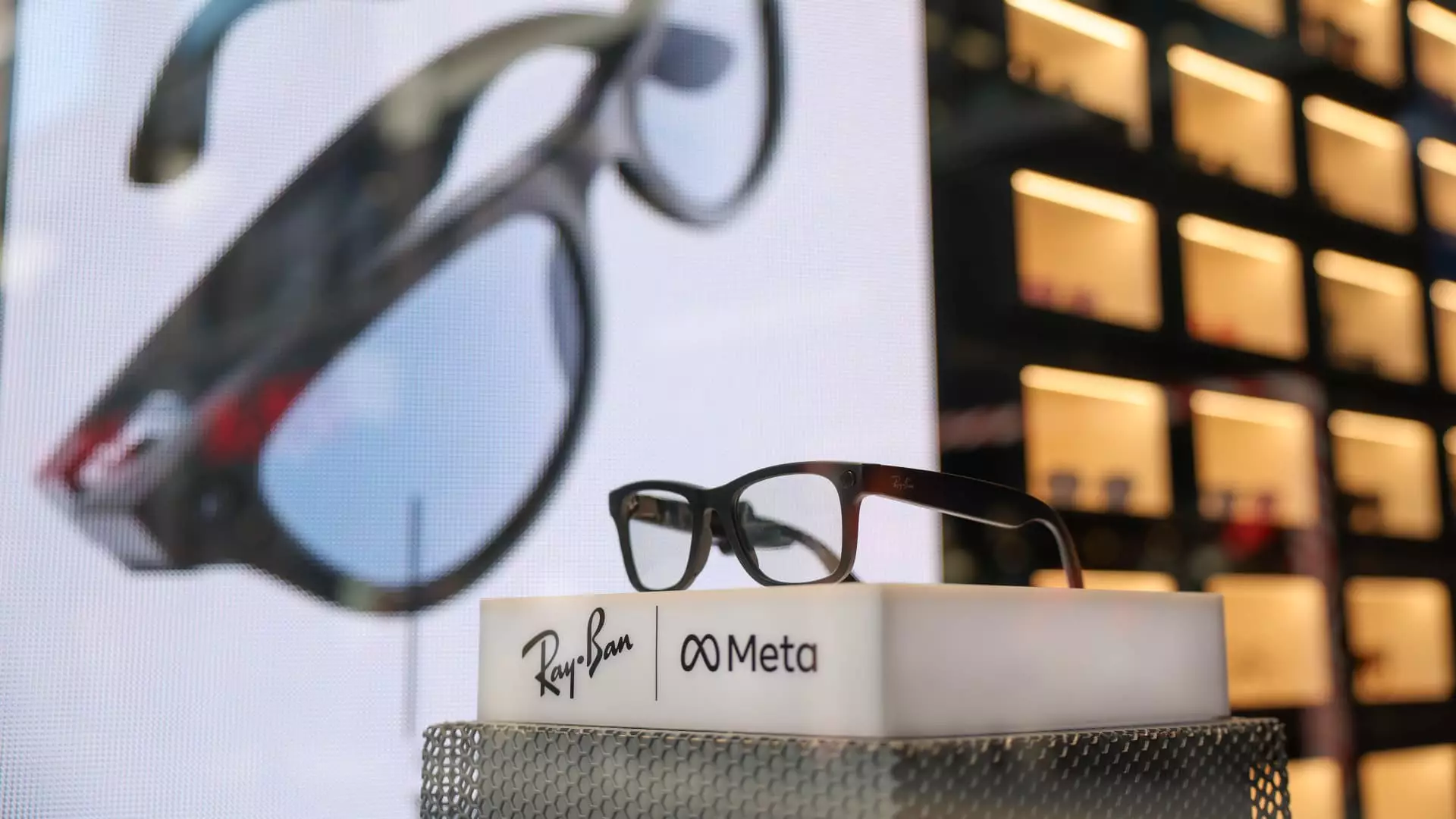As we dive deeper into the 21st century, wearable technology continues to evolve, providing consumers with increasingly sophisticated yet user-friendly devices. Smart glasses, in particular, represent a burgeoning category that stands to offer convenience and innovation to everyday users. With major players like Snap and Meta making significant strides in augmented reality—the former just unveiled their latest smart glasses and the latter gearing up for an event showcasing their advances—there’s a palpable excitement surrounding this technology. This article explores the transformations fueling the smart glasses market, key industry players, and the potential challenges looming over their widespread adoption.
Amidst a crowded tech space, companies are vying for dominance. Comparable to the cost-intensive Apple Vision Pro, the latest offerings from Snap and the anticipated Meta smart glasses aim to cater to a more budget-conscious audience while also promoting augmented reality functionality. As Meta’s Ray-Ban Smart Glasses gather steam, early indicators suggest a successful trajectory, with sales figures demonstrating a notable improvement—over one million units shipped in the first half of 2023 alone compared to a mere 300,000 for their predecessor.
Key insights from HSBC’s research showcased a potential turning point for smart glasses. Analyst Frank He highlighted an imminent rise in demand, driven largely by the proliferation of AI assistants that could enhance the utility of these devices. The future looks inviting for manufacturers like Sunny Optical, a company specialized in optics that could greatly benefit from increased consumer interest in smart eyewear. With their ambitious forecasts predicting shipments reaching upwards of two million units in 2024-2025, Sunny Optical’s grasp on the market appears to be strengthening.
Despite the optimistic projections, the path for smart glasses is not devoid of hurdles. Previous iterations, such as Google Glass, faced criticism and ultimately fell out of favor for various reasons, including privacy concerns and lack of mainstream appeal. Consumer acceptance remains a crucial barrier to broader success. Even with augmented reality features, some users may still perceive smart glasses as cumbersome or invasive compared to more traditional wearables like smartwatches.
Moreover, even as interest builds, analysts from top banking institutions like JPMorgan have responded with cautious optimism regarding Sunny Optical’s growth potential. While the company has seen positive trends in their shipment levels, their performance in higher-end smartphone markets and the automotive sector is under scrutiny. The stiff competition in these markets suggests that a substantial upward trajectory may not be as inevitable as it seems.
In the current consumer electronics landscape, it’s clear that the market is likely on the cusp of significant shifts. The heightened capabilities of smart glasses can be linked to advancements in AI systems, augmented reality, and the ever-growing demand for multitasking devices. As technologies such as facial recognition and integrated audio become standard, the multifaceted functionality envisioned could lead users to embrace smart glasses as essential items.
HSBC’s optimistic projections regarding Sunny Optical suggest that the market may soon see an influx of innovative smart glasses models suited for diverse needs—from photography enthusiasts to everyday users looking for seamless digital integration. Should these devices align with popular expectations and overcome resistance, smart glasses may well emerge from the shadows of niche technology into widespread adoption.
The burgeoning landscape of smart glasses is indicative of an era where technology aims to blend seamlessly with daily life. While brand players continue to innovate and refine their products, consumer acceptance is fundamental to navigating the complexities of the market. Predictions indicate that the growth trajectory for smart glasses could be promising, with manufacturers and technology developers refining the user experience to align with consumer expectations. Nonetheless, both challenges and opportunities will shape the evolution of smart glasses, making it a space worth watching in the tech industry as we move further into the future.

Leave a Reply